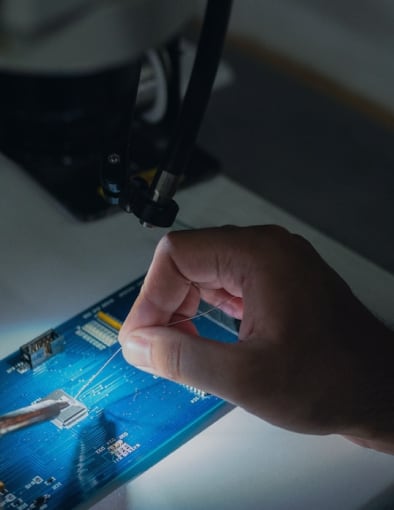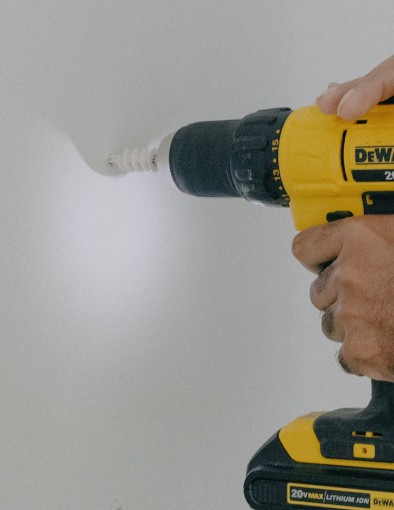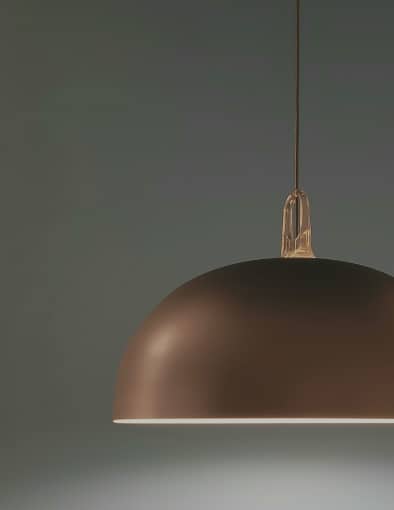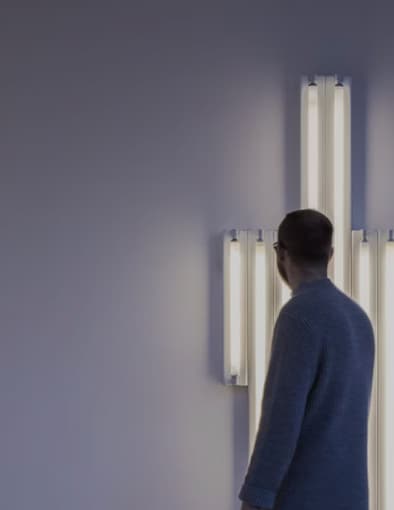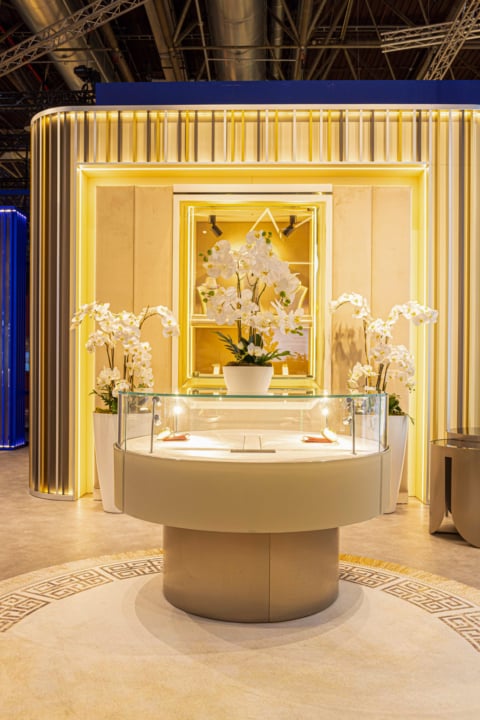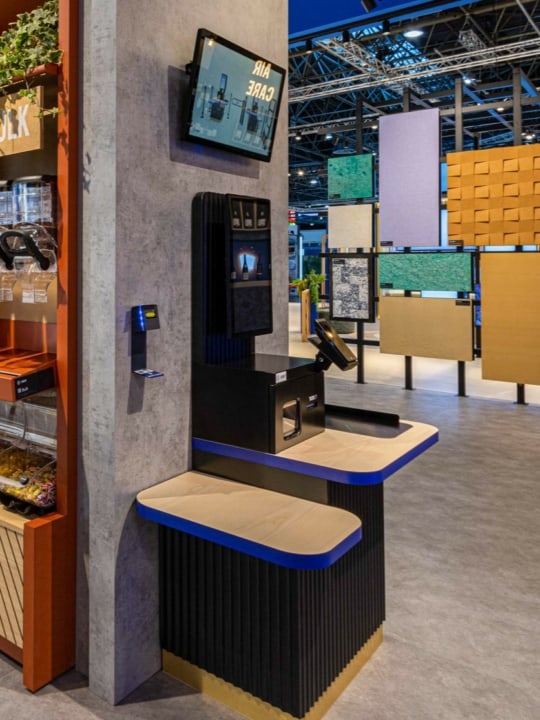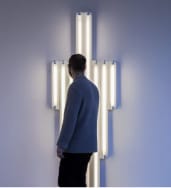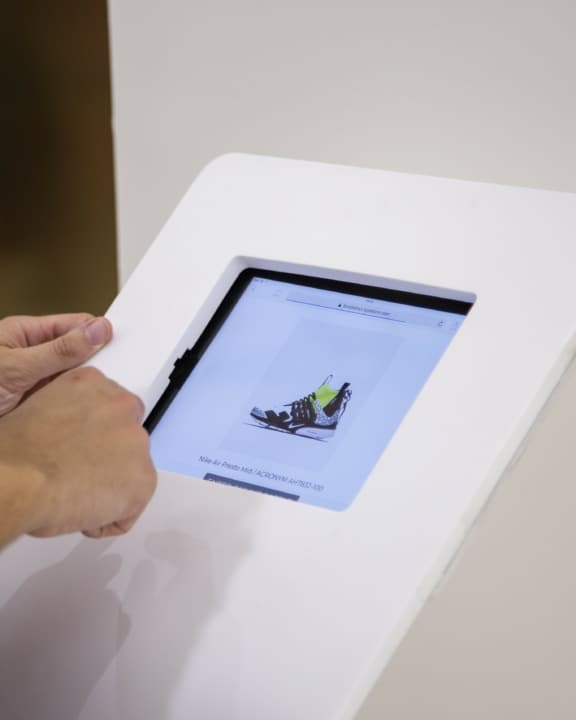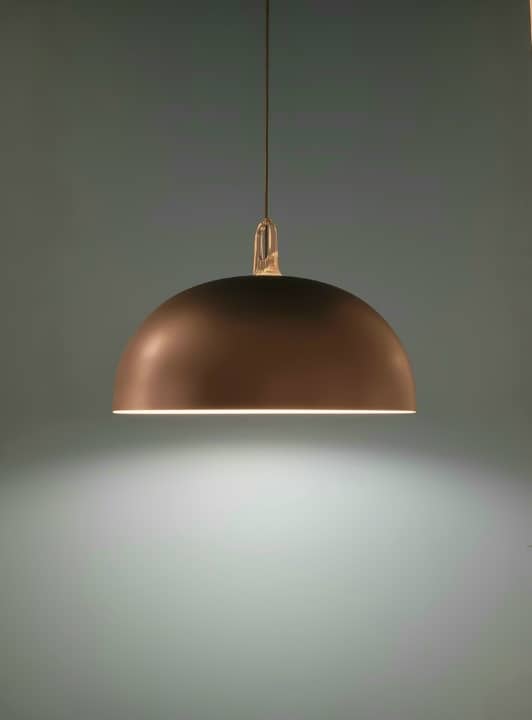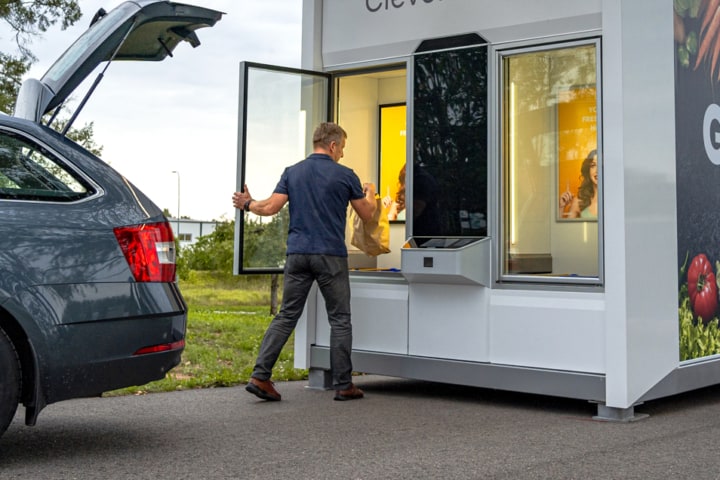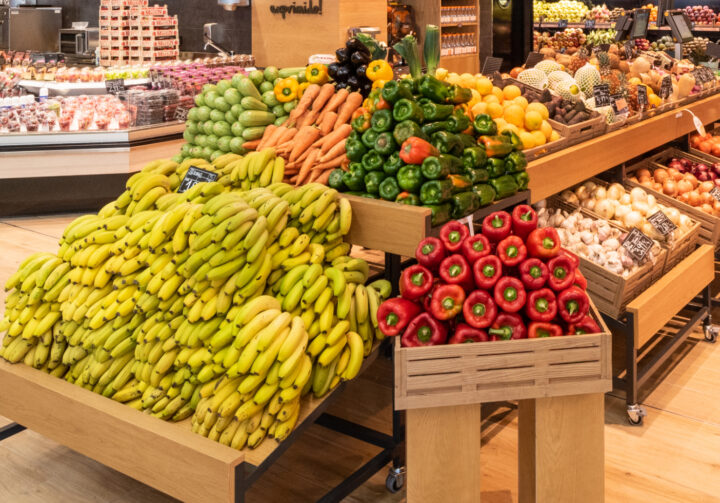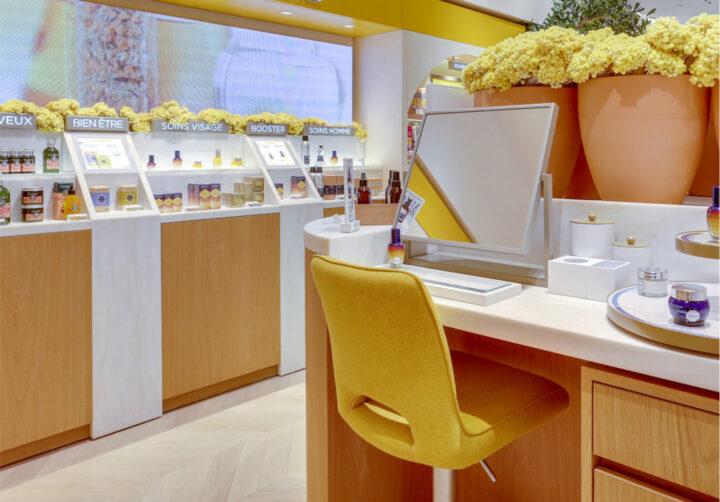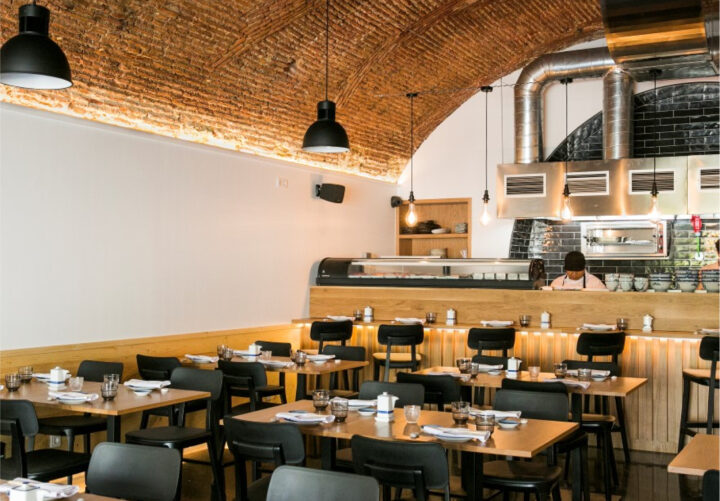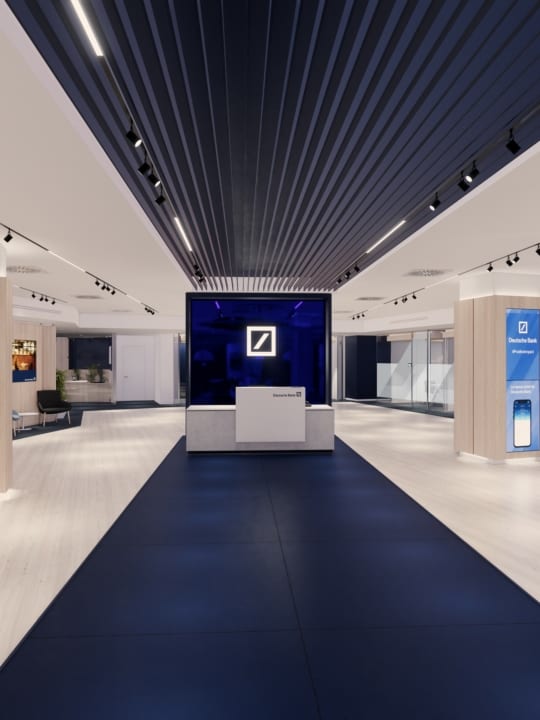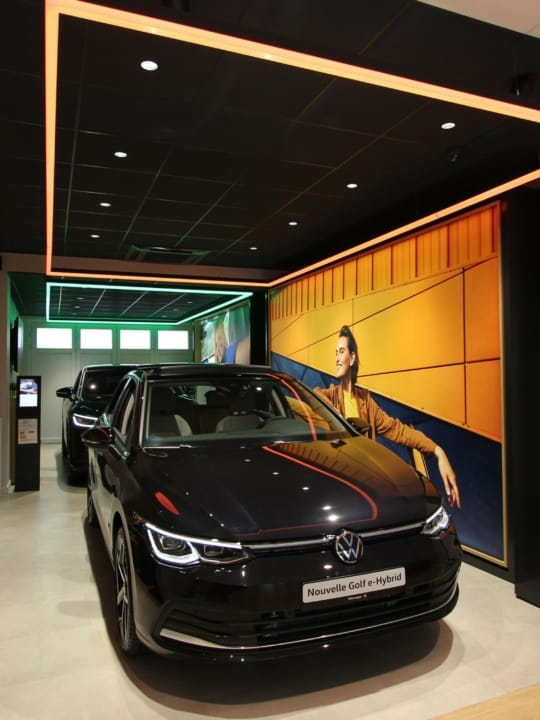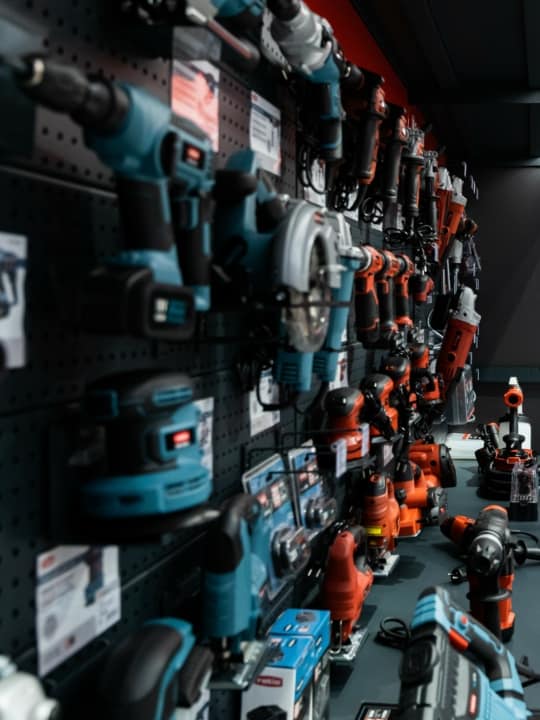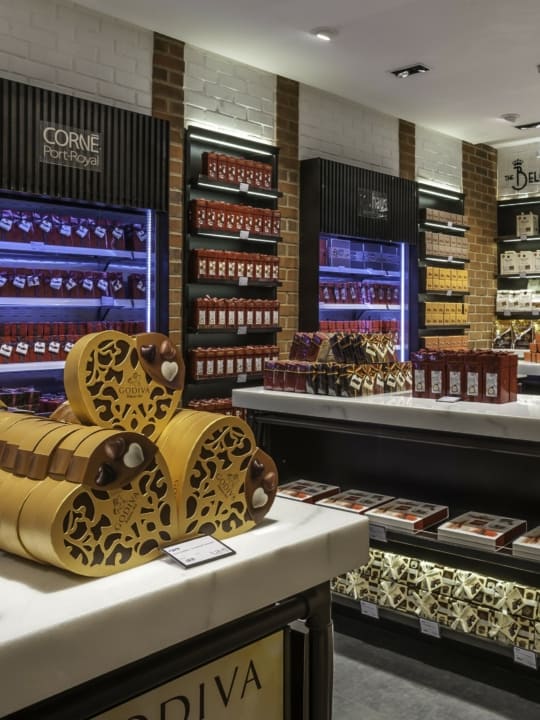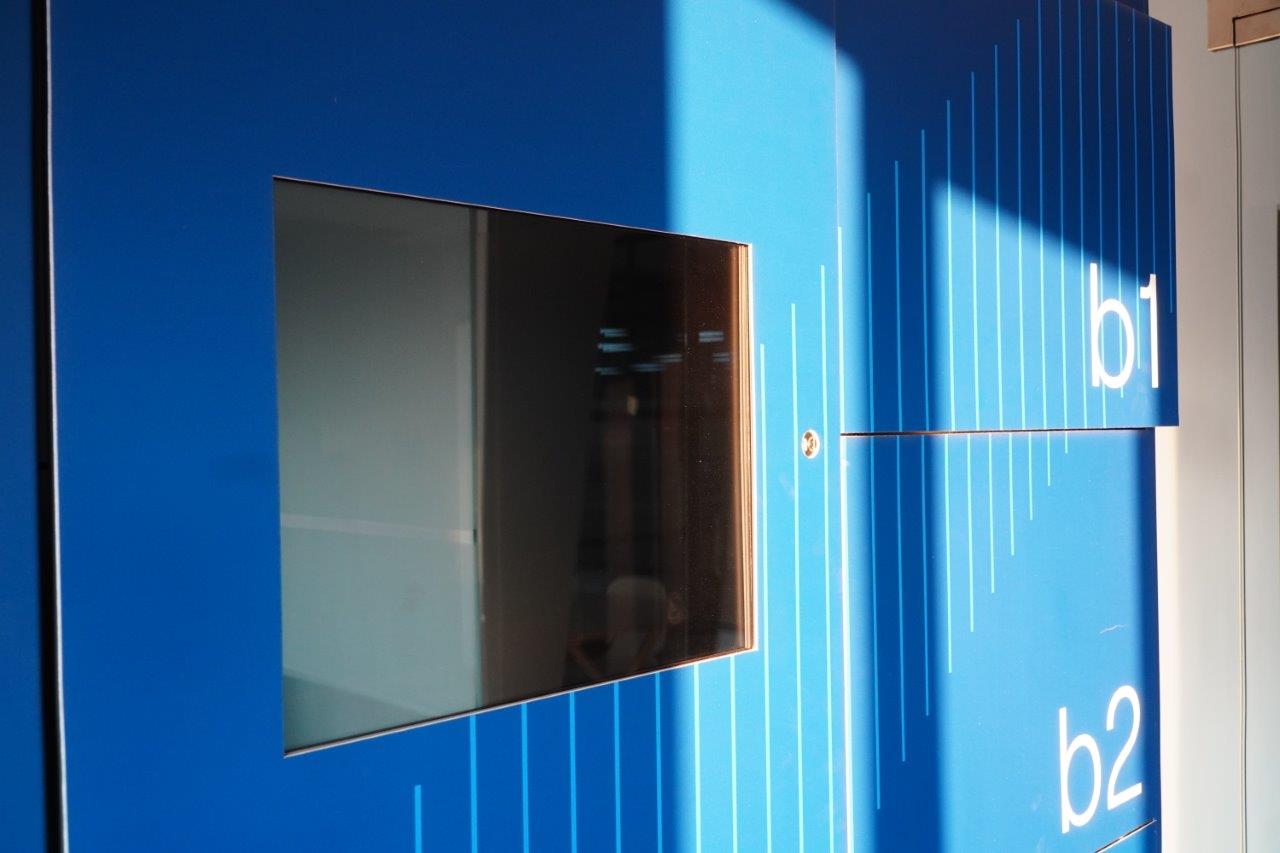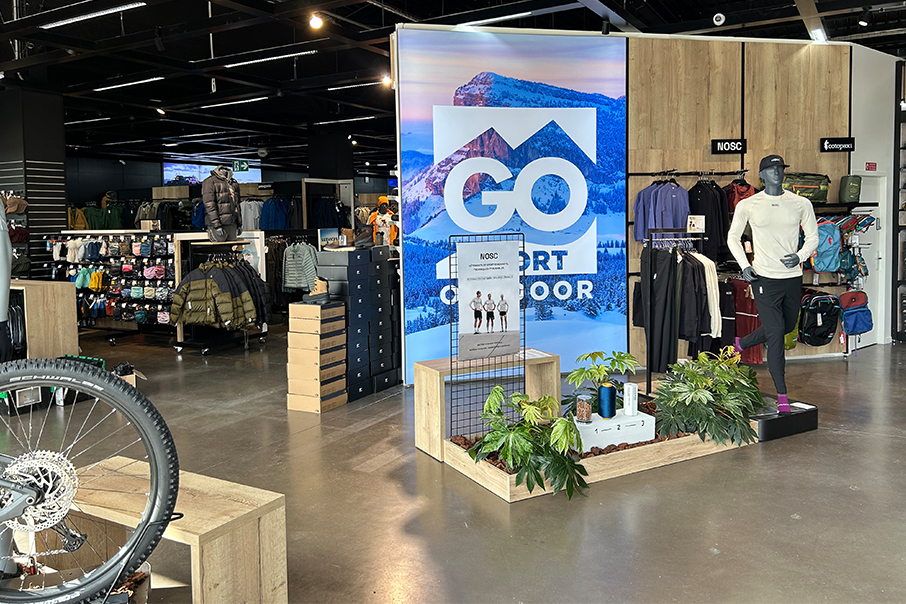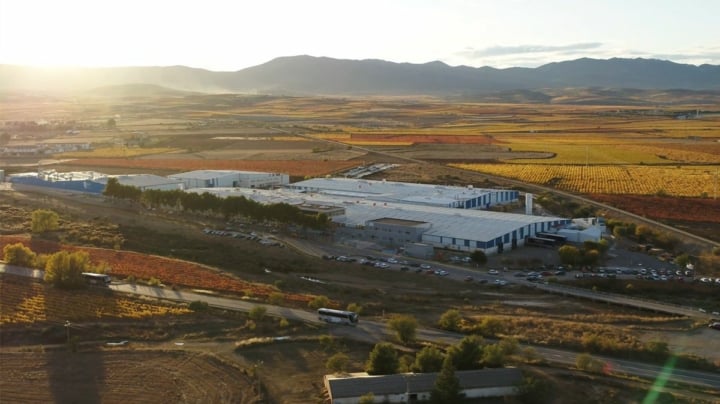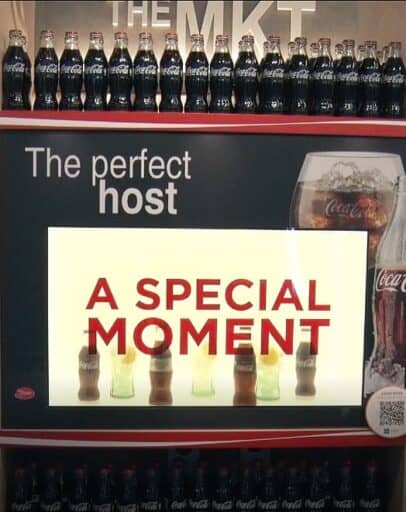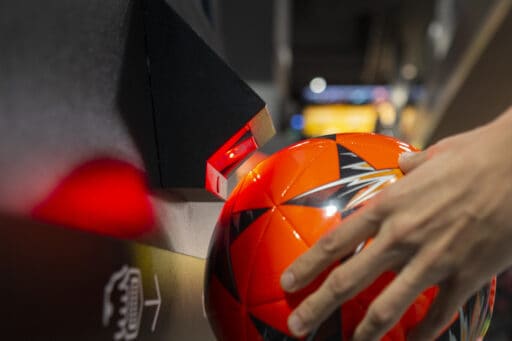- What is a lightbox and what is it for?
- Faced with the challenge of attracting customers, lightboxes are one of the most profitable communication formats. Why?
- 4 uses or strategies where lightboxes shine with their light due to their effectiveness.
What is a lightbox?
Lightboxes are one of the visual communication formats that have taken over retail in all sectors thanks to their impact-cost ratio: they are a type of device that allows a printed PET (PET is a type of polyethene) canvas or panel to be backlit with LEDs.
The aim is to ensure that the signage or signboards create a space of high visual impact and appeal that also gives rise to endless creative possibilities.
They are technically made up of:
- An aluminium framework.
- A network of light points (usually LED) with different shapes and in different quantities depending on their size, the type of canvas and printing.
- The canvas or polyethene panel which, together with the printing quality, determines the quality perceived.
What are lightboxes used for and where are they used?
Lightboxes, as any other visual communication element, are used to interact with consumers. However, as they emit light, they can be used in a wider range of areas that go beyond a simple eye-catching printed banner, like neon or LED signs to stand out from those that are not illuminated.
Our expert in lightboxes recommends:
“If the lightbox is more illuminated than its environment and it is printed with a high resolution, it will seem even more real than the environment itself, since it will be easier to better appreciate its textures, the hair, the brightness, etc. This will always help to give more credibility to the message. The larger and brighter the lightbox, within reasonable limits, the better. Also, their price is very reasonable, so the ROI will be very high. Consumers will see them without trying because they will be attracted by the light.”
Germán Marín. Head of electrical and lighting systems at HMY.
As lightboxes stand out above the environment where they are placed, they are used in points of sale:
At shop windows
Their brightness, from 800 to 2,000 Cd/m2, easily counteracts the effect of the glare of the sun in the shop window, making our store stand out in the middle of the day. Moreover, they are a great advertising claim at night. They are a very subtle way of attracting those who were not originally interested.

To stand out from competitors in a multi-brand environment
This is the case of stands, pop-up stores or shop-in-shops. These environments are especially saturated with impacts, options, elements, products, etc. The light emitted by the lightbox helps the point of sale to catch consumers’ attention over the rest of the visual stimuli.
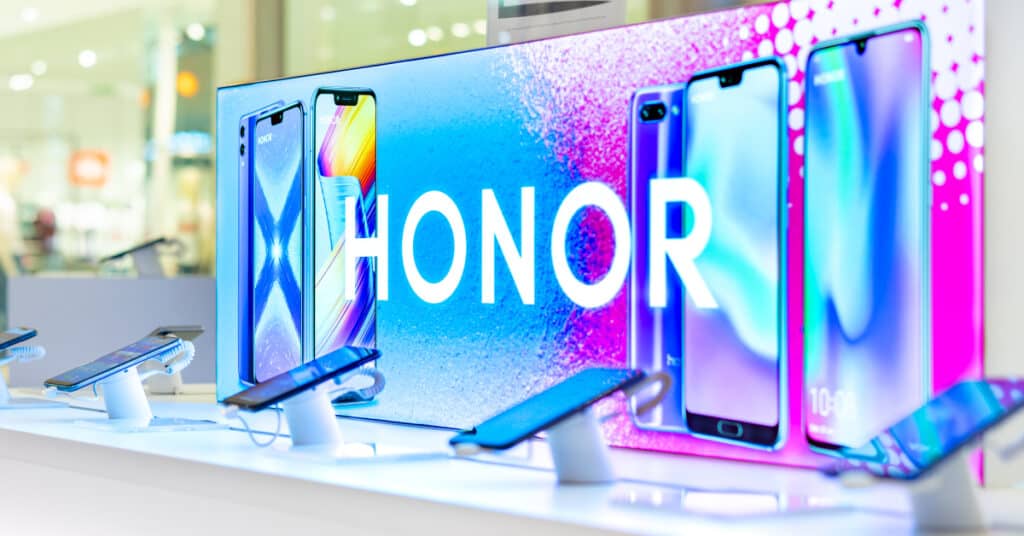
As ambient lighting
The amount of light each of the led points emits, twice as much as a domestic light bulb, distributed along the printed surface, can be used as a background for an exhibition or to decorate the ceiling.
For example, a lightbox where a sky with clouds is printed to create a sense of natural light coming from the ceiling. Thus, the message, which can be of nature or a feeling of fresh air, for instance in an organic food area, or introducing a summer collection, is much more direct thanks to the image. This message reaches consumers in a non-explicit way and can be more credible as they get to the conclusion by themselves, through signals.

To delimit sections within our point of sale
They are very useful when we have multiple sections with a distribution that does not vary visually.
For example, a multi-brand sports shop: some lightboxes can be used as a title for each section and replace or complement the classic signs. Lightboxes are very useful for customers: as they catch their attention immediately, customers will know how to move throughout the exhibition area.

Do lightboxes replace digital screens?
Light or led lightboxes do not replace screens. They fulfil different purposes, needs, operations and budgets.
When does HMY recommend using this type of elements instead of a digital screen?
- The content does not need to be (or cannot be) dynamic.
- The printing quality and design are more important than dynamic content.
- There is a need for high-format and low-cost communication.
- Decoration elements are not intended to saturate consumers with messages.
Are you thinking of renewing the visual communication of your retail spaces? Let’s talk! Contact link.

